Increased Regulatory Standards
The imposition of increased regulatory standards is a crucial driver for the Personal Protective Equipment PPE Retail Market. Governments and regulatory bodies are establishing stringent guidelines to ensure workplace safety, compelling organizations to comply with these regulations. This regulatory environment creates a consistent demand for high-quality PPE, as companies must adhere to safety standards to avoid penalties and ensure employee well-being. Data indicates that the enforcement of these regulations is likely to sustain growth in the PPE market, as businesses invest in compliant protective gear. The Personal Protective Equipment PPE Retail Market is thus experiencing a shift towards higher quality and more reliable products, as manufacturers respond to the demands of regulatory compliance.
Technological Innovations in PPE
Technological innovations are transforming the landscape of the Personal Protective Equipment PPE Retail Market. Advancements in materials and design are leading to the development of more effective and comfortable protective gear. Innovations such as smart helmets, breathable fabrics, and enhanced visibility features are becoming increasingly prevalent. These advancements not only improve safety but also enhance user experience, making PPE more appealing to consumers. Market data indicates that the integration of technology in PPE is likely to drive significant growth in the industry. As companies seek to adopt cutting-edge solutions to protect their workforce, the Personal Protective Equipment PPE Retail Market is poised for substantial expansion, reflecting the ongoing evolution of safety equipment.
Expansion of Industrial Activities
The expansion of industrial activities serves as a significant catalyst for the Personal Protective Equipment PPE Retail Market. As industries such as construction, oil and gas, and manufacturing continue to grow, the demand for PPE is likely to increase correspondingly. This trend is underscored by the rising number of construction projects and manufacturing facilities being established. Data suggests that the PPE market is expected to witness a compound annual growth rate that reflects this industrial expansion. Consequently, manufacturers are innovating and diversifying their product lines to meet the evolving needs of various sectors. The Personal Protective Equipment PPE Retail Market is thus positioned to benefit from this industrial growth, as companies prioritize employee safety and compliance with regulatory standards.
Rising Awareness of Workplace Safety
The increasing awareness of workplace safety is a pivotal driver for the Personal Protective Equipment PPE Retail Market. Organizations are recognizing the importance of safeguarding their employees from potential hazards. This heightened awareness is reflected in the growing demand for PPE across various sectors, including construction, manufacturing, and healthcare. According to recent data, the market for PPE is projected to reach substantial figures, indicating a robust growth trajectory. Companies are investing in training programs and safety protocols, which further propels the need for effective protective gear. As a result, the Personal Protective Equipment PPE Retail Market is experiencing a surge in product offerings, catering to diverse safety requirements and enhancing overall workplace safety standards.
Growth of E-commerce and Online Retailing
The growth of e-commerce and online retailing is reshaping the Personal Protective Equipment PPE Retail Market. As consumers increasingly turn to online platforms for purchasing PPE, retailers are adapting their strategies to meet this demand. The convenience of online shopping, coupled with the ability to compare products and prices, is driving more customers to seek PPE through digital channels. Market data suggests that online sales of PPE are on the rise, indicating a shift in consumer behavior. This trend is prompting traditional retailers to enhance their online presence and expand their product offerings. Consequently, the Personal Protective Equipment PPE Retail Market is likely to witness a transformation in distribution channels, as e-commerce becomes a dominant force in the retail landscape.


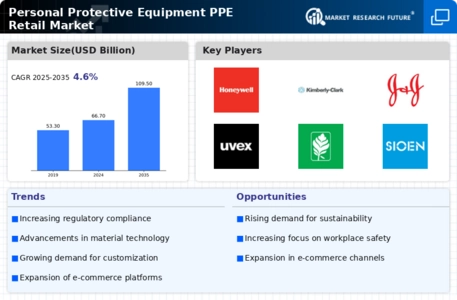
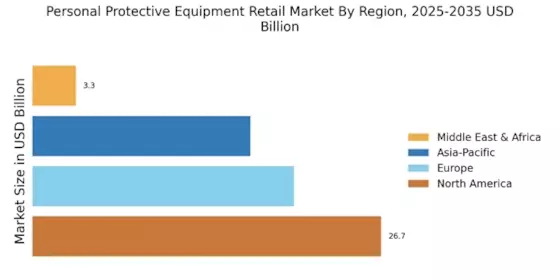

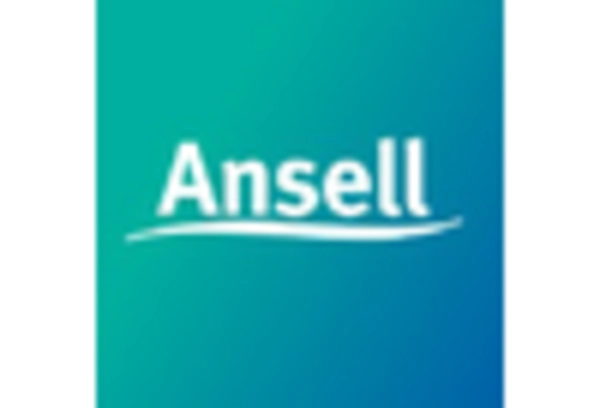


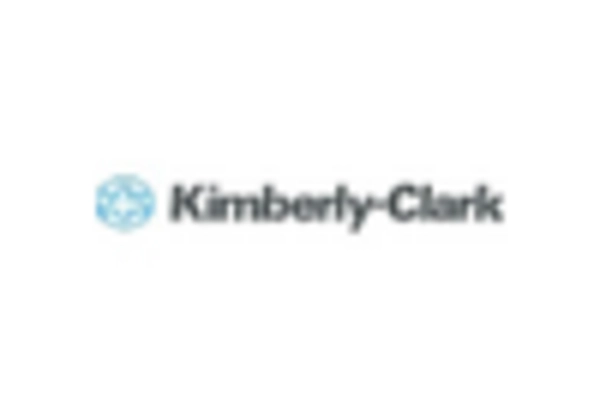
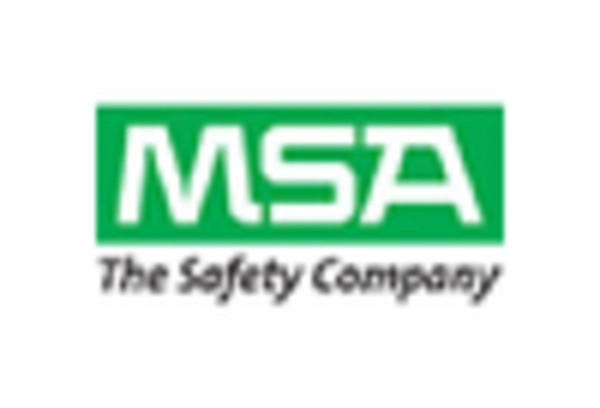








Leave a Comment